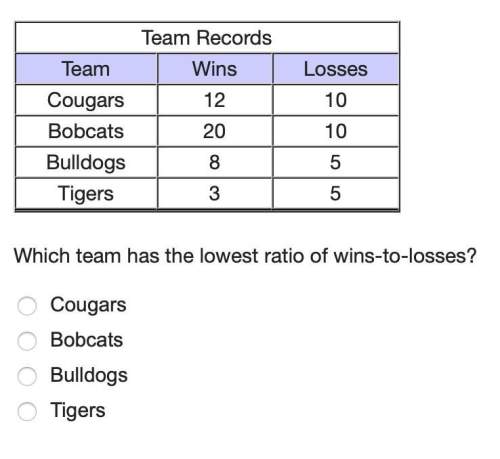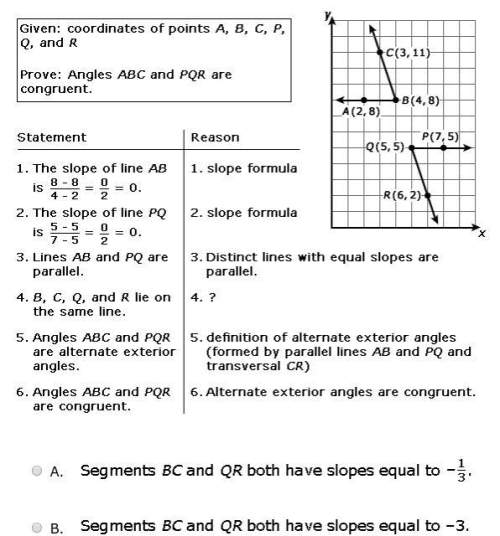URGENT!
An employer provides two payment options for employees.
Option A: Receive...

Mathematics, 12.03.2020 02:07, joannegrace37
URGENT!
An employer provides two payment options for employees.
Option A: Receive $200 the first week. Receive an additional $50 for each of the following weeks.
Option B: Receive $200 the first week. Receive an additional 10% for each of the following weeks.
Complete the tables to show how much money would be received for both payment options, each week, for 6
weeks.
Option A: Week 1 2 3 4 5 6
Amount paid 200 250 300 350 400 450
Option B: 1 2 3 4 5 6
200 220 244 268.4 295.24 324.764
I know the answer to this part but I need help with the rest.
2. Referring to the tables in #1, suppose you are a new employee. You notice that each payment option describes a sequence and decide to use rules to help determine which option to take.
(a) Determine the rule (or formula) for each sequence. Show your work.
(b) Your friend trusts your tables in #1, but wonders if you wrote the rules correctly.
Show two calculations using week 6 to convince your friend that both your rules work.
3. Consider the formulas you wrote in Problem 2.
(a) Your friend says that because the rules are functions, they can be graphed and must have y-intercepts. Do you agree or disagree with your friend? Explain your thinking.
(b) Your friend uses your rules to determine the outputs when the inputs are 18.5.
Explain why she cannot use 18.5, and describe types for numbers that CAN be used for inputs?
4. Use your formulas from #2 to calculate how much each option makes during week 20. (Show your work)

Answers: 3
Other questions on the subject: Mathematics


Mathematics, 21.06.2019 18:40, rivera8
Juliana says that she can use the patterns of equivalent ratios in the multiplication table below to write an infinite number of ratios that are equivalent to 6: 10. which statement explains whether juliana is correct? she is correct because she can multiply 6 and 10 by any number to form an equivalent ratio. she is correct because 6: 10 can be written as 1: 2 and there are an infinite number of ratios for 1: 2. she is not correct because the multiplication table does not include multiples of 10. she is not correct because 6: 10 is equivalent to 3: 5 and there are only 9 ratios in the multiplication table that are equivalent to 3: 5.
Answers: 1

Mathematics, 21.06.2019 19:00, 592400014353
The test scores of 32 students are listed below. construct a boxplot for the data set and include the values of the 5-number summary. 32 37 41 44 46 48 53 55 57 57 59 63 65 66 68 69 70 71 74 74 75 77 78 79 81 82 83 86 89 92 95 99
Answers: 1

Mathematics, 22.06.2019 01:50, DepressionCentral
Check all that apply. f is a function. f is a one-to-one function. c is a function. c is a one-to-one function.
Answers: 1
Do you know the correct answer?
Questions in other subjects:

















